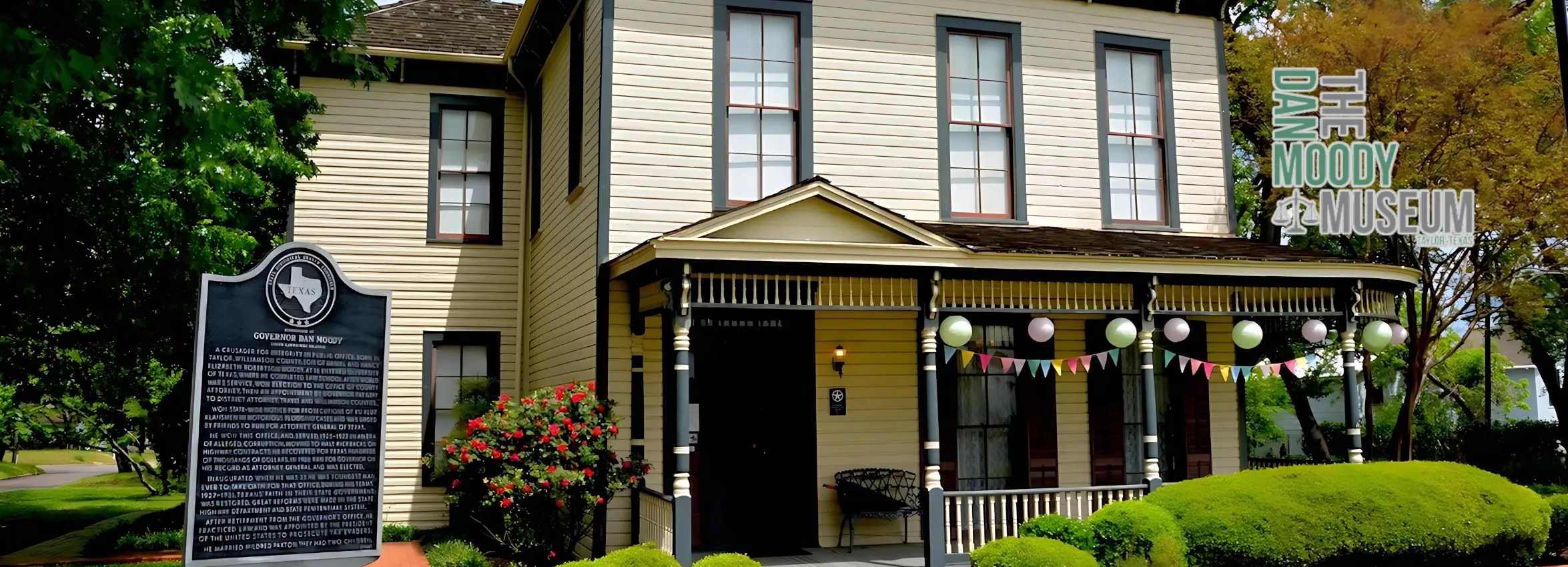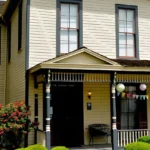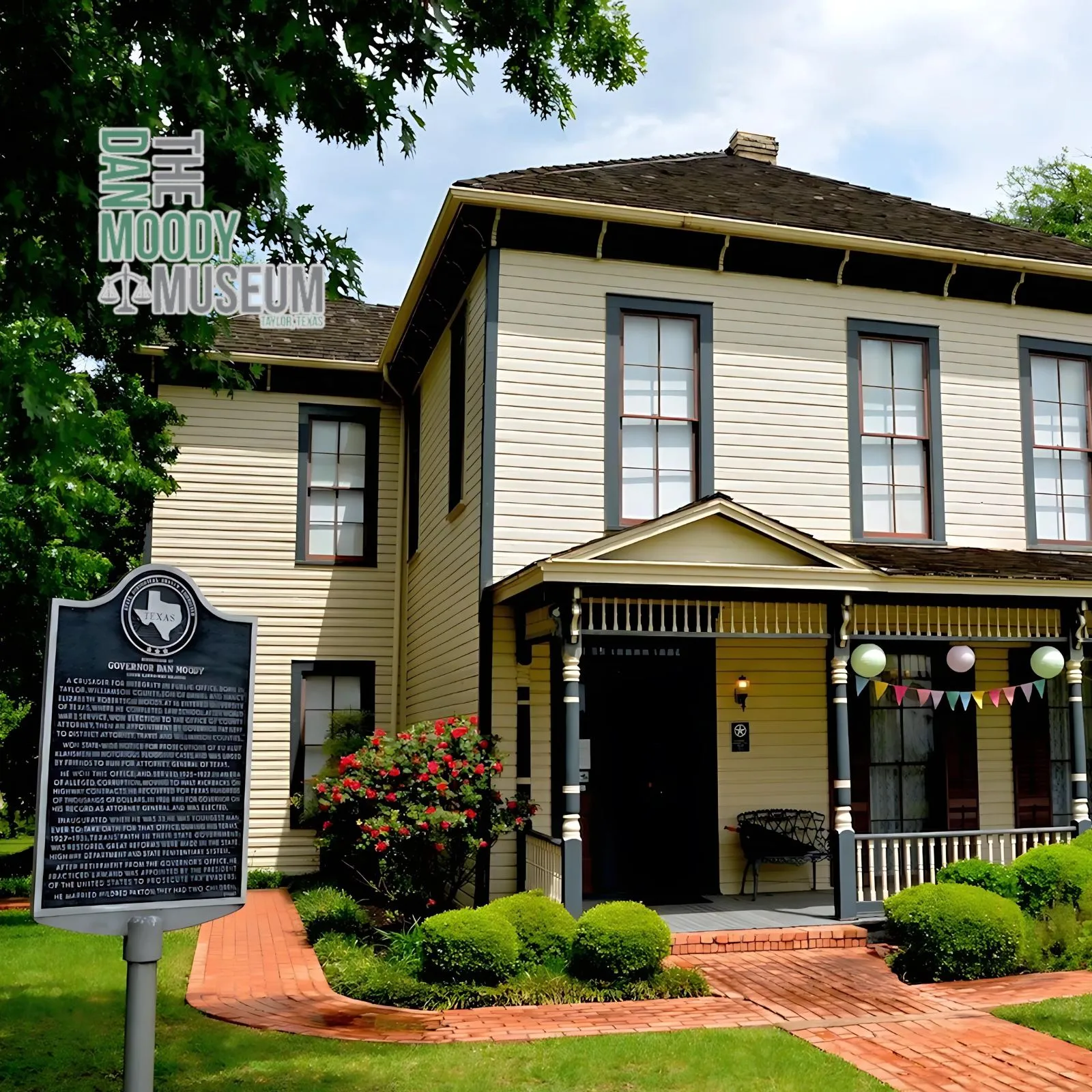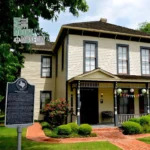The History of Coupland, Texas: A Small Town with Big Heritage
Coupland, Texas, may seem like a quiet dot on the map, but its history is rich with stories of resilience, growth, and community. Nestled in Williamson County, Coupland is a testament to the enduring charm of small-town Texas. From its early days as a railroad hub to its present status as a tight-knit community, Coupland has seen remarkable transformations that mirror the development of the state itself. In this long-form article, we’ll explore the history of Coupland, Texas, diving into its origins, key milestones, and the elements that make it a unique and cherished place.
1. Early Beginnings: The Land and Its People
Long before Coupland was established, the region was inhabited by Native American tribes who thrived on the fertile land and abundant resources. The area’s rich soil and proximity to Brushy Creek made it an ideal location for hunting, farming, and trade.
Pre-Settlement Period
- Native American Presence: Artifacts found in the area suggest a long history of habitation by tribes such as the Tonkawa.
- Early Explorers: Spanish explorers passed through the region in the 18th century, mapping the land and opening it to European settlers.
2. The Birth of Coupland: Establishing a Community
Coupland was officially established in the late 19th century, primarily as a result of the expansion of the railroads in Texas. It became a critical junction for transportation and commerce, which spurred the development of the town.
Key Developments
- The Railroad Era: The Missouri-Kansas-Texas Railroad (commonly known as the Katy Railroad) played a pivotal role in Coupland’s founding, providing a means to transport goods and people.
- Naming the Town: The town was named after Major Theodore Van Coupland, a civil engineer who worked with the railroad company.
Early Economy
- Agriculture: Cotton, corn, and other crops became the backbone of Coupland’s economy, thanks to the fertile Blackland Prairie.
- Local Businesses: General stores, blacksmith shops, and cotton gins quickly emerged to support the growing population.
3. Coupland in the 20th Century: Growth and Change
As Coupland entered the 20th century, it experienced significant growth, fueled by advancements in transportation, agriculture, and community infrastructure.
Highlights of the Era
- Education: The establishment of the Coupland School District in 1904 marked a major milestone in the town’s development, emphasizing the importance of education.
- Community Halls: Social gatherings at local halls became a cornerstone of Coupland’s culture, fostering a sense of community.
- Population Trends: While the town grew steadily, it maintained its small-town charm, with a population that valued close-knit relationships.
4. The Role of Agriculture in Coupland’s History
Agriculture has always been at the heart of Coupland’s identity. The town’s location in the Blackland Prairie provided ideal conditions for farming, and its residents took full advantage of this natural bounty.
Key Agricultural Contributions
- Cotton Boom: Coupland became a significant player in the cotton industry, with local gins processing vast amounts of the crop.
- Diversification: While cotton was king, other crops like maize and wheat also thrived in the region.
- Livestock: Cattle and poultry farming became secondary sources of income for many families.
5. The Influence of the Railroad
The arrival of the railroad was arguably the most transformative event in Coupland’s history. It connected the town to larger markets and facilitated the movement of goods and people, ensuring its growth and prosperity.
Impact of the Railroad
- Economic Growth: Farmers and merchants could easily transport their goods to cities like Austin and San Antonio.
- Population Influx: Workers and their families moved to Coupland to take advantage of the opportunities provided by the railroad.
6. The Historic Coupland Inn and Dance Hall
One of Coupland’s most iconic landmarks, the Coupland Inn and Dance Hall, has played a central role in the town’s social and cultural life. Established in the early 20th century, it continues to be a beloved venue for dining, music, and dancing.
Historical Significance
- Cultural Hub: The dance hall became a gathering place for residents, hosting live music, weddings, and community events.
- Preservation Efforts: Today, it stands as a testament to Coupland’s commitment to preserving its history while adapting to modern times.
7. Coupland’s Educational Legacy
The Coupland Independent School District (CISD) is a point of pride for the town. Established over a century ago, the district has been instrumental in shaping generations of students.
Educational Milestones
- Early Schools: The first schoolhouse in Coupland was a simple structure, but it laid the foundation for the district’s growth.
- Modern Advancements: CISD now offers state-of-the-art facilities and programs, ensuring students receive a top-tier education.
8. Coupland Today: A Blend of Tradition and Progress
In the 21st century, Coupland has managed to strike a balance between honoring its past and embracing the future. While it remains a small town, its residents are proud of their heritage and committed to fostering a strong sense of community.
Current Highlights
- Community Events: From National Night Out to local fundraisers, Coupland’s events bring people together and celebrate its unique character.
- Local Businesses: Restaurants like the Coupland Inn and small shops keep the town vibrant and welcoming to visitors.
9. Why Coupland’s History Matters
Coupland’s history is more than just a collection of dates and events—it’s the story of resilience, innovation, and a deep sense of community. Understanding this history helps preserve the town’s identity and ensures future generations appreciate its roots.
Key Takeaways
- Cultural Preservation: Landmarks like the Coupland Inn and Dance Hall serve as reminders of the town’s rich heritage.
- Community Spirit: The residents of Coupland have always been its greatest asset, working together to build a better future.
10. Visiting Coupland: A Step Back in Time
For those looking to experience the charm of Coupland firsthand, the town offers a variety of attractions and activities. From exploring its historic sites to enjoying live music at the dance hall, there’s something for everyone.
Things to Do
- Tour Historic Landmarks: Visit the Coupland Depot and other iconic sites.
- Enjoy Local Cuisine: Dine at the Coupland Inn for a taste of Texas comfort food.
- Attend Community Events: Check the calendar for upcoming festivals and gatherings.
Conclusion: A Legacy of Community and Charm
The history of Coupland, Texas, is a story of perseverance, growth, and an unwavering commitment to community. From its early days as a railroad hub to its role as a cultural and social center, Coupland has consistently embraced its heritage while looking toward the future. Whether you’re a visitor or a resident, the town’s rich history and warm hospitality leave a lasting impression. As Coupland continues to grow and evolve, it remains a shining example of small-town Texas at its best.











